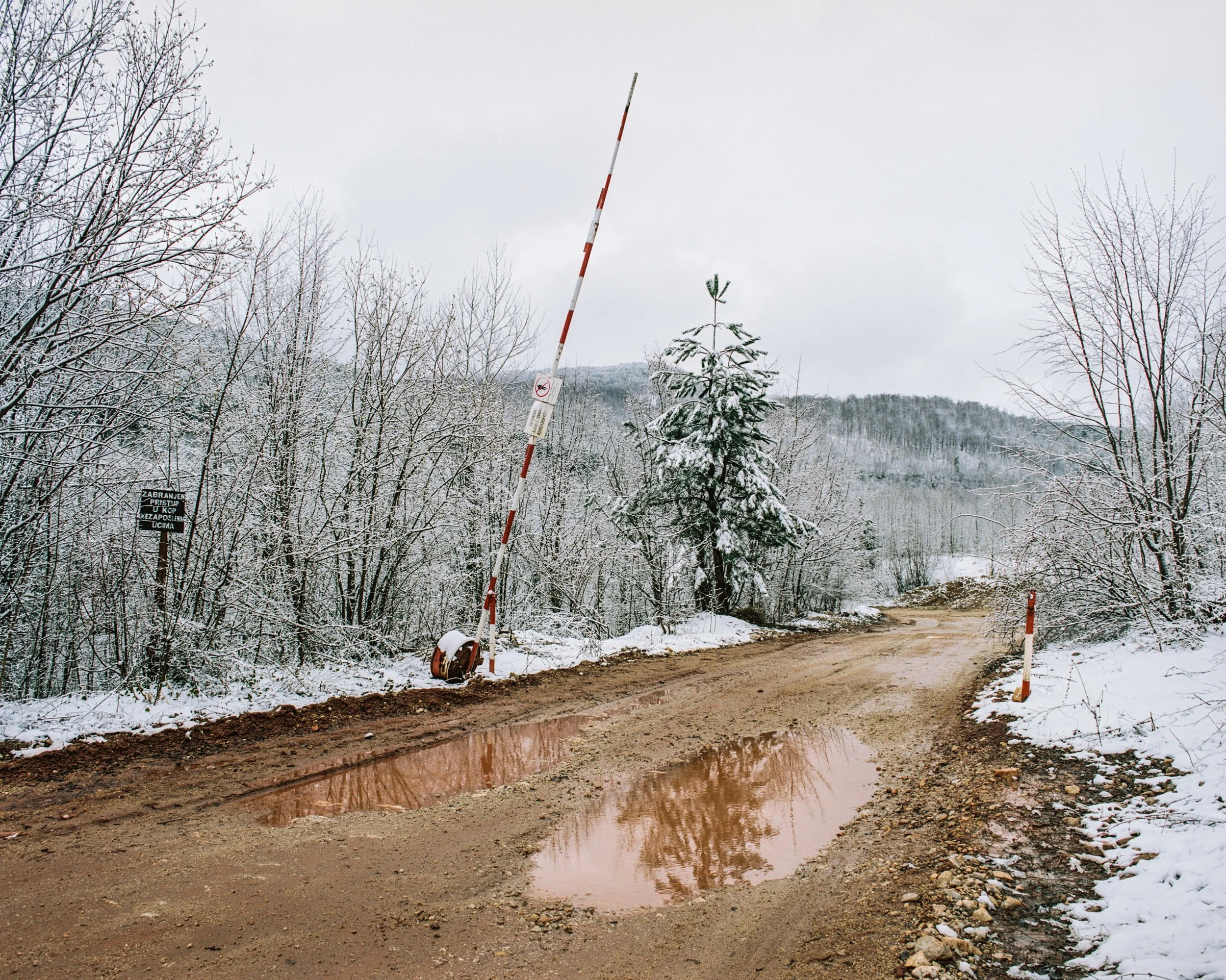Aftermath
Srebrenica, once known for its natural beauty and mineral wealth, is now marked by the trauma of war and the 1995 genocide. Today, the town faces economic decline, high unemployment, and a shrinking population. Many survivors still live with grief and psychological scars, while younger generations grow up amid deep ethnic divisions. Reconciliation remains difficult, as war memories and mistrust persist. Efforts to rebuild the economy and heal the community are slow and often hindered by political tensions.
Today, Srebrenica is a symbol of suffering, but also of missed opportunities for the renewal of life and the economy.
After the death of Josip Broz Tito, Yugoslavia began to disintegrate. Nationalism surged among the country’s various ethnic groups, which had long-standing historical tensions. In 1991, Slovenia and Croatia declared independence, effectively marking the end of Yugoslavia. Ethnic conflicts soon erupted, particularly in Bosnia and Herzegovina. Although Bosniaks (Bosnian Muslims) and Croats initially allied to resist Serbian ambitions of creating a “Greater Serbia,” they too eventually turned against each other. The conflict reached its most violent peak in Bosnia, where the Bosnian Serbs declared their own state with support from Serbia.
From 1992 to 1995, Bosnia and Herzegovina became the scene of a brutal civil war between Bosniaks, Croats, and Serbs. Thousands of people were forced from their homes, and many towns and villages were destroyed. In response, the United Nations decided in 1992 to intervene, designating several enclaves as “safe areas” for civilians, protected by UN peacekeeping troops (UNPROFOR). One of these was Srebrenica. The town's population grew from 4,000 to over 44,000 due to the influx of refugees.
A Dutch battalion, known as Dutchbat, was deployed to Srebrenica, stationing around 750 soldiers. Their headquarters were established in an old battery factory in nearby Potočari. The Dutch soldiers found themselves trapped between armed Serb forces, Muslim militias, and tens of thousands of desperate civilians. They faced severe shortages of manpower, weapons, fuel, and food. Many Dutch veterans later voiced frustration about the psychological toll, lack of proper support, and the public's negative perception of their efforts. Sent on an impossible mission, many still bear the scars more than 25 years later.
Srebrenica, located in the mountainous eastern part of Republika Srpska, Bosnia and Herzegovina, was founded in 1387 as a mining town. Once famed for its healing springs and rich cultural heritage, it now stands as a symbol of suffering and lost opportunities.













